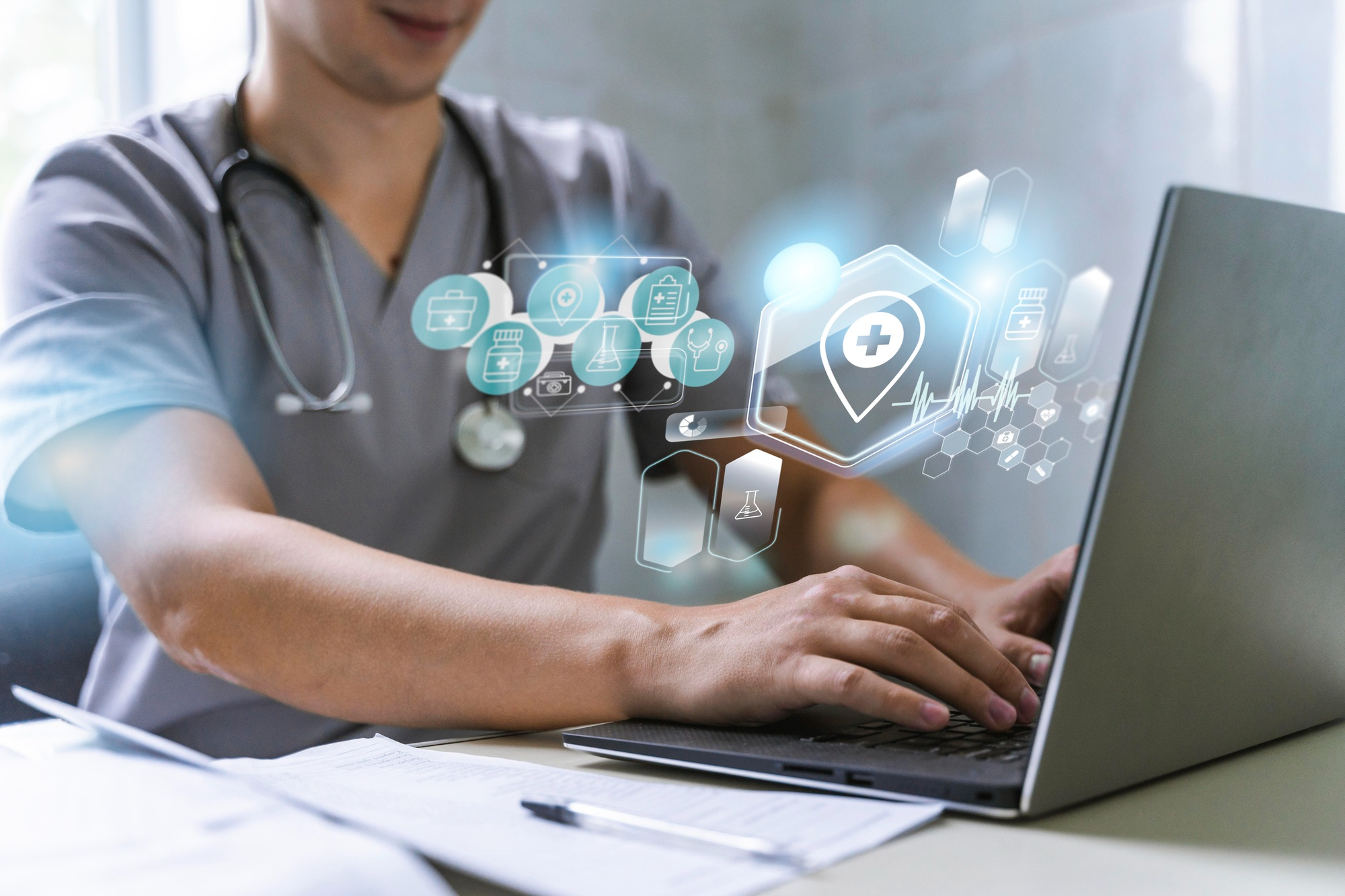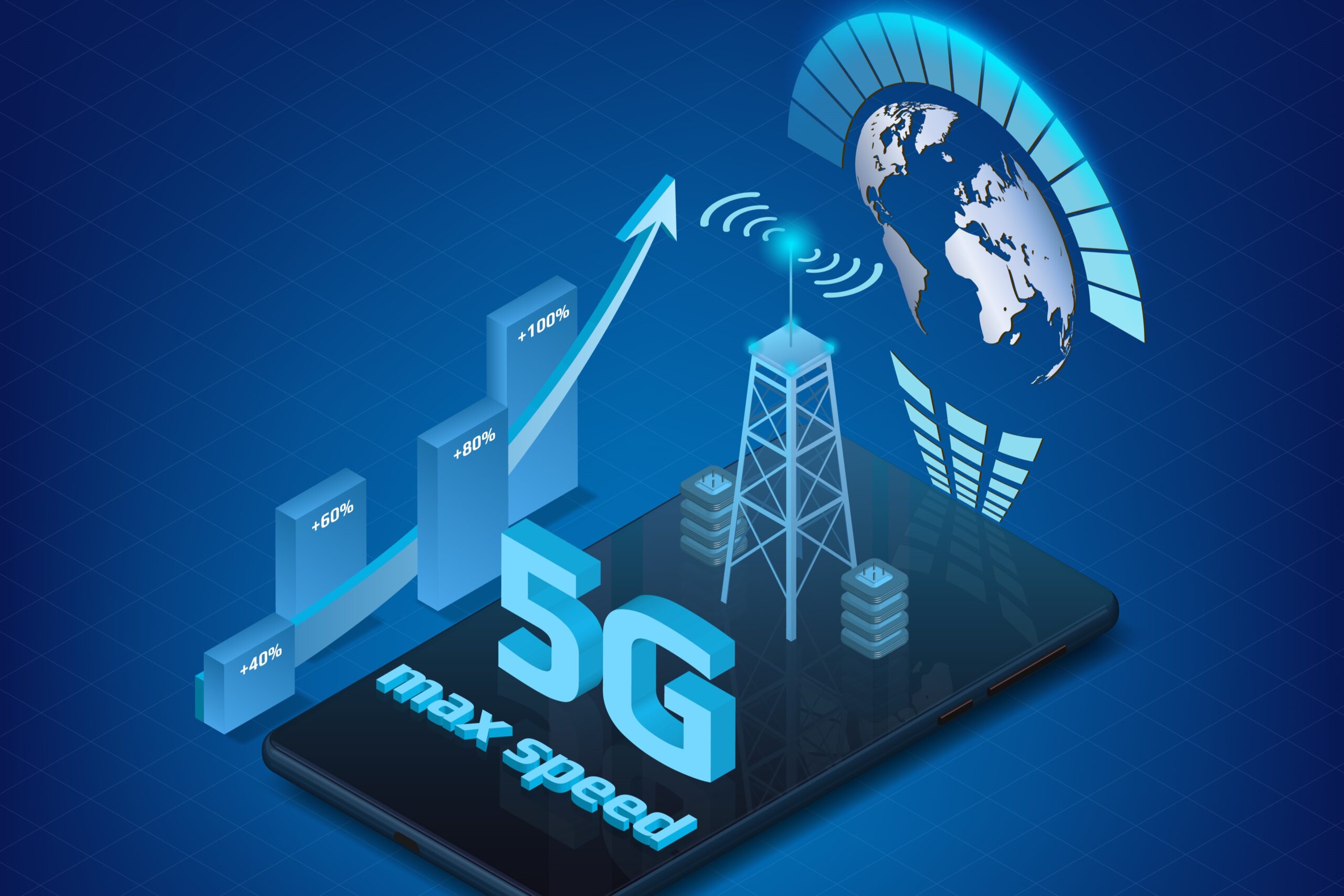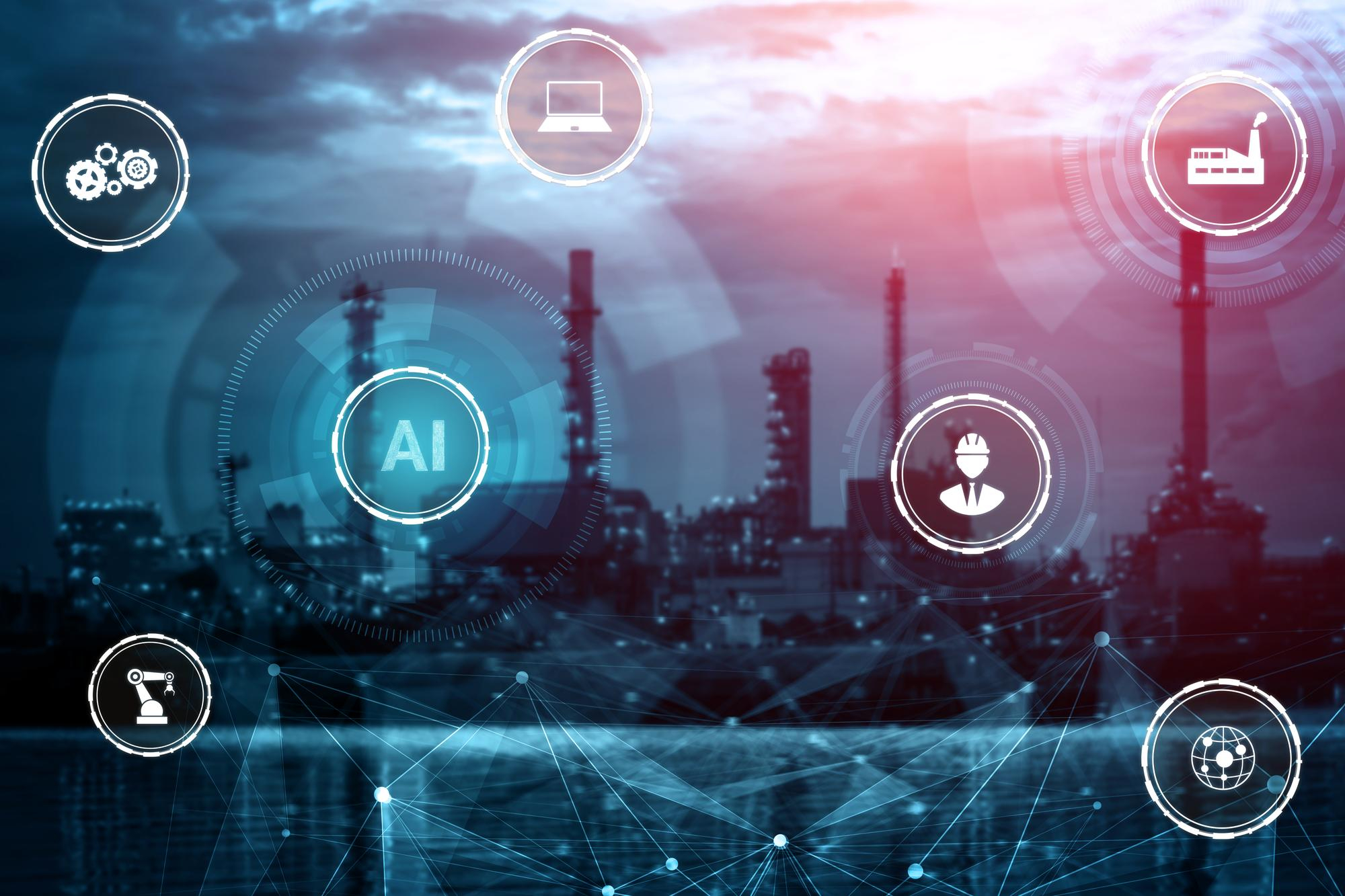In today’s fast-paced world, technology is revolutionizing every sector, and healthcare is no exception. The role of technology in healthcare delivery has evolved into something extraordinary. From patient care to administrative tasks, technology is enhancing the efficiency, accessibility, and quality of healthcare services. This article explores the various ways technology is improving healthcare delivery, the challenges faced, and the potential for the future.
The Importance of Technology in Healthcare
Technology has played a fundamental role in the evolution of healthcare, shaping the way medical services are delivered, managed, and experienced. Over the past few decades, the healthcare industry has undergone significant transformations, primarily driven by technological innovations. These advancements go far beyond the introduction of new gadgets and devices—they have fundamentally redefined how healthcare is approached and how patients interact with the healthcare system. From improving the accuracy of diagnoses to making healthcare more accessible, technology is a key player in enhancing patient care and overall healthcare delivery.
One of the most significant contributions of technology in healthcare is the shift towards a more patient-centered approach. With the help of digital tools, healthcare providers can offer more personalized treatments and care plans that cater to the unique needs of individual patients. For example, technologies such as electronic health records (EHRs) allow medical professionals to access comprehensive patient data quickly, enabling them to make informed decisions based on a patient’s history and current condition. This ensures that patients receive the right treatment at the right time, minimizing the chances of errors and improving their overall experience.
Furthermore, technology has made healthcare more efficient and streamlined. Medical devices, such as diagnostic equipment and surgical robots, have enhanced the precision of medical procedures, leading to better outcomes and faster recovery times. Innovations like telemedicine have also made it easier for patients to access healthcare services, particularly in rural or underserved areas where medical facilities are scarce. With telemedicine, patients can consult with healthcare professionals remotely, saving time and resources while still receiving high-quality care. This ease of access to healthcare, thanks to technology, has made it more convenient for patients to prioritize their health and well-being.
Electronic Health Records (EHRs): A Game Changer
- Electronic Health Records (EHRs) have replaced traditional paper-based record-keeping systems in most healthcare settings, transforming how patient data is managed and shared.
- These digital records provide healthcare providers with immediate and centralized access to a patient’s comprehensive medical history, including diagnoses, treatment plans, medications, test results, and other essential health information.
- EHRs streamline the process of recording, updating, and retrieving patient information, making it quicker and more efficient for healthcare professionals to access and use this data during medical consultations or procedures.
- By digitizing health information, EHRs help reduce human errors associated with manual record-keeping, such as illegible handwriting, lost files, or outdated information.
Telemedicine: Healthcare at Your Fingertips
| Feature | Description | Benefits | Who Benefits the Most | Example |
| Remote Consultations | Patients can consult with healthcare providers via video calls, phone calls, or apps. | Saves time, reduces travel, and offers convenience for patients. | People in rural areas, busy professionals, and elderly individuals. | A patient in a remote location consulting a doctor through a video call. |
| Increased Accessibility | Telemedicine makes healthcare accessible to people who might not otherwise have easy access to medical facilities. | Helps bridge the healthcare access gap in underserved areas. | Individuals living in rural or isolated areas. | A person living in a rural area accessing specialized care through telemedicine. |
| Convenience for Elderly and Mobility-Impaired | Telemedicine is especially beneficial for those with limited mobility, allowing them to receive care without leaving their homes. | Provides a safe, comfortable option for elderly patients or those with disabilities. | Elderly individuals, people with disabilities. | An elderly person consulting a doctor from home instead of traveling to a clinic. |
| Faster Consultations in Emergencies | Telemedicine allows for quicker consultations in emergency situations, reducing wait times and helping speed up diagnoses. | Reduces delays in care and can provide immediate guidance. | Patients needing urgent care, people with chronic conditions requiring constant monitoring. | A patient experiencing chest pain consulting a doctor immediately via telemedicine. |
| Cost and Time Efficient | Telemedicine can reduce healthcare costs by eliminating the need for in-person visits, saving both time and money. | Minimizes transportation costs, waiting times, and the need for physical office visits. | Busy professionals, individuals with limited access to transportation. | A busy professional using a telemedicine app to consult a doctor during their lunch break. |
Artificial Intelligence (AI) and Machine Learning: Smarter Decisions
Artificial Intelligence (AI) and machine learning are revolutionizing the field of healthcare by enabling smarter decision-making and improving the quality of patient care. These technologies are not just futuristic concepts—they are actively transforming how healthcare providers diagnose, treat, and monitor patients. AI algorithms, particularly in diagnostics, are helping doctors detect patterns and identify potential issues that might be missed by the human eye, resulting in more accurate diagnoses and better outcomes for patients.
One of the key ways AI is making a difference is through its role in medical diagnostics. AI-driven tools can assist healthcare professionals, particularly radiologists, in analyzing complex medical images such as X-rays, MRIs, and CT scans. By processing vast amounts of medical data, AI can recognize subtle patterns and anomalies in images that may not be immediately apparent to human experts. This improves diagnostic accuracy, helping to detect diseases at earlier, more treatable stages. For example, AI has shown great promise in detecting early signs of cancer, such as breast cancer or lung cancer, from imaging data, potentially saving lives by enabling quicker intervention.
Beyond diagnostics, machine learning is also playing a crucial role in predicting patient outcomes and improving preventive care. By analyzing historical medical data and lifestyle factors, AI can predict the likelihood of patients developing certain conditions or complications in the future. This ability to predict health outcomes gives healthcare providers valuable insights into potential risks, allowing them to intervene early and take proactive measures. For instance, AI models can assess a patient’s risk of developing heart disease, diabetes, or stroke based on their medical history, lifestyle choices, and even genetic factors. With this information, doctors can offer tailored advice and treatments to prevent the onset of serious health conditions.
The integration of AI and machine learning into healthcare also enhances the overall efficiency and effectiveness of medical practices. These technologies can analyze large datasets much faster than a human could, providing doctors with real-time insights to guide decision-making. Additionally, AI can continuously learn from new data, improving its predictions and recommendations over time. This means that as more data becomes available, AI’s ability to provide accurate, personalized care only improves, benefiting patients and healthcare providers alike. With AI and machine learning becoming more sophisticated, the future of healthcare looks brighter, with more personalized, accurate, and proactive care available to people around the world.
Wearable Health Devices: Monitoring in Real-Time
- Wearable health devices, including smartwatches, fitness trackers, and heart rate monitors, have become increasingly popular in recent years.
- These devices allow individuals to track a wide range of health metrics, such as heart rate, blood pressure, glucose levels, sleep patterns, and physical activity.
- By providing continuous, real-time monitoring, wearable devices offer individuals a more active role in managing their health and wellness.
- Continuous glucose monitors (CGMs) are one of the most significant advances in wearable health technology. These devices allow diabetic patients to track their blood sugar levels in real time, helping them manage their condition more effectively.
- Wearables can send data directly to healthcare providers, allowing for faster responses and better management of chronic conditions.
- These devices can alert healthcare providers to potential health issues, enabling early intervention before conditions worsen or lead to complications.
- Early intervention, made possible by real-time monitoring, can improve patient outcomes by allowing healthcare providers to take proactive steps to address health issues.
- Wearables help reduce the need for frequent hospital visits and admissions, as they can provide ongoing health data that helps physicians make informed decisions about treatment.
Robotics in Surgery: Precision and Efficiency
| Feature | Description | Benefits | Who Benefits the Most | Example |
| Robotic-Assisted Surgeries | Surgeons use robotic systems to perform delicate operations with greater accuracy. | Higher precision, reduced human error, and improved control during surgery. | Patients undergoing complex surgeries, especially those requiring fine precision. | A surgeon performing a prostatectomy using a robotic-assisted system. |
| Minimally Invasive Techniques | Robotic surgeries typically require smaller incisions, making them less invasive. | Reduced trauma to the body, quicker recovery, and less post-operative pain. | Patients seeking less invasive surgical options. | A patient undergoing gallbladder removal with small incisions. |
| Enhanced Accuracy | Robotic systems provide enhanced accuracy in performing intricate tasks, improving the precision of surgical procedures. | More precise procedures, reducing the risk of complications and improving outcomes. | Patients requiring complex surgeries such as heart, spine, or neurological surgeries. | A surgeon using a robotic system to perform a delicate heart valve repair. |
| Faster Recovery Time | Robotic surgeries lead to faster recovery times compared to traditional open surgery. | Shorter hospital stays, reduced recovery periods, and quicker return to daily activities. | Patients who need quicker recovery and those with busy schedules. | A patient returning to normal activities within a few weeks after robotic knee replacement. |
| Cost Reduction | Reduced hospital stays and quicker recovery times help lower overall healthcare costs. | Decreased need for extended hospital stays, reducing costs for both patients and healthcare providers. | Healthcare systems and patients seeking cost-effective options. | A healthcare facility saving on post-surgery costs through robotic-assisted procedures. |
Blockchain Technology: Securing Health Data
Blockchain technology, best known for its role in cryptocurrencies, is making significant strides in the healthcare industry by offering a secure and decentralized way to manage and protect sensitive patient data. Traditional medical record-keeping systems are often centralized, making them vulnerable to breaches, unauthorized access, or data tampering. Blockchain addresses these issues by using encryption and secure protocols to ensure that medical records are immutable and cannot be altered once entered into the system. This provides a level of security and trust that is vital in the healthcare sector, where data integrity is crucial for accurate diagnosis and treatment.
One of the main advantages of blockchain technology in healthcare is its ability to enhance data privacy and security. As the amount of personal health data continues to grow, the risk of breaches and unauthorized access increases. With blockchain, each patient’s medical data is encrypted and stored across a network of computers, making it virtually impossible for anyone to access or manipulate the data without proper authorization. Blockchain creates a transparent and secure system where patients have control over who can access their medical records. This transparency ensures that healthcare providers can only view and update patient data with the patient’s consent, helping to prevent unauthorized disclosure.
In addition to securing medical records, blockchain can also help with the secure sharing of data between different healthcare providers. Patients often visit multiple specialists, and their medical history is spread across different systems. Blockchain can create a unified, decentralized network where medical data can be shared securely and seamlessly between providers, allowing for better collaboration and more informed decision-making. This can significantly improve the quality of care, as healthcare professionals have access to complete and up-to-date patient information, regardless of where it was generated.




